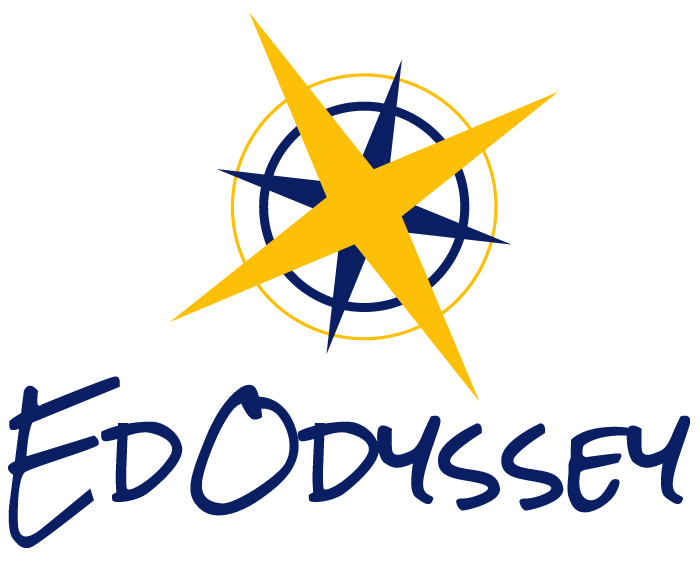Understanding Why Medical Spanish and Hispanic Cultural Knowledge Matters in Healthcare
The need for Spanish speaking professionals continues to rise, and students and professionals who want to prepare for the future of healthcare will require training that combines language, culture and best practices. The Latinx Patient: Spanish and Culture for Healthcare program will be taught online by Peruvian professionals. They will fuse learning of critical Spanish vocabulary related to the medical field with cultural contextualization of Latin American immigrant populations in the U.S.
When you combine language learning with cultural modules, you develop a wider context that will help you continue developing into a more well rounded professional. If you are or want to become a physician, health care professional, social worker, and/or a professional prepared to best handle the needs of Spanish-speaking patients, this program is perfect for you.
Possessing knowledge surrounding Latin American and Latinx culture enables students to better interact with and support non-English speakers, particularly including immigrants and those of Latin American heritage. During the program, you’ll learn more about how medical care improves from a holistic understanding of the patient, and how YOU can be an integral part of such care.
LATINO POPULATION GROWTH IN THE U.S.
A key goal of The Latinx Patient: Spanish and Culture for Healthcare program is to provide students with the knowledge and preliminary resources to best serve patients or clients who are part of the growing Spanish-speaking population in the United States. While the annual growth of the Hispanic population in the US has slowed since 2015, “Latinos remain an important part of the nation’s overall demographic story”, making up about 18% of the total U.S. population, according to PEW research.
The knowledge you learn during this course will help you best serve, and work with, this diverse and growing population. From triage vocabulary to practice restating symptoms to ensure clarity of communication, to learning about common illnesses among hispanic patients, you will expand your knowledge in a breadth of directions.
NEEDS OF LATINX & IMMIGRANT PATIENTS
In a publication by UMASS Medical school about cross-cultural initiatives, it states that “in many situations, it is not just a language barrier that needs to be breached. Different cultures have different expectations and requirements when it comes to health care,” according to Migration Policy. Health care providers that have background knowledge of different cultures and customs, in addition to Spanish fluency, will best be able to cross common barriers between patient and provider.
Imperative to the administration of high quality health care is accurate communication and the creation of trust between healthcare professionals and patients. Patients need to feel understood and that their values and identity are valued. Spanish speaking patients may struggle getting their needs, pain, and overall message across to those caring for them, resulting in potentially dangerous miscommunications.
BEST PRACTICES FOR IMMIGRANT AND SPANISH-SPEAKING PATIENTS
Immigrants, including undocumented immigrants and refugees, live unique realities which result in specific challenges. Some immigrants may not know the extent of their rights or how the U.S. healthcare system functions.
Healthcare professionals need to be aware of these specific needs and challenges in order to best care for these populations. Some key knowledge of Latin American culture and medicine can play an important role in understanding and caring for patients with such backgrounds.
Medical practitioners and professionals working in healthcare-related fields must enable their patients to understand all aspects of their care, treatment, etc., so that they can make well informed decisions regarding their health care. Professionals interacting with hispanic populations in health-related circumstances also face language and cultural barriers that can be obstacles which prevent people from being able to make informed decisions for themselves.
CULTURAL COMPETENCY IN HEALTHCARE
Within UMASS Medical School’s same publication, they argue that “in our diverse world, ensuring that people with limited English competency or specific cultural requirements have access to quality health care is an obligation for all health care providers,” according to Migration Policy. The EdOdyssey Medical Spanish course will help you help the healthcare field move toward providing quality health care for all.
Feeling understood by a doctor or other healthcare provider who speaks Spanish and has relevant knowledge of Latin American culture, will likely result in the patient or client feeling comfortable and trusting doctors and professionals to do their job.
WHY MEDICAL SPANISH?
This program will enable students to learn from and with other excited students, as well as native Spanish speakers with experience in the medical field. Luis Garcia, a LSA Qualified Medical Interpreter, and EdOdyssey’s study abroad cultural advisor in Lima, Peru, will guide students through the cultural module of the program.
Combined with language learning through El Sol Spanish Language School, based in Lima, Peru, the cultural course will help students gain a broader cultural understanding of how one’s culture, background, beliefs, and language affect the healthcare that they receive or need.
Upon completion of the course, we hope that students feel inspired to continue serving others, particularly those who may face great challenges due to a lack of English-proficiency. More generally, this course aims to inspire students to work toward bettering themselves and the healthcare field through Spanish language acquisition and cultural competency.



